Mian-Yu-Ting Cemetery, Johor (Part II)
by Choo Ai Loon
(Ai Loon continues from part one of her blog post on Mian-Yu-Ting Cemetery )
Among the tombstones at the Mian-Yu-Ting , is one belonging to Wu You-Xun (邬有询), which pays tribute to his alma mater, Chinese High School (華僑中學 in traditional Chinese characters)
A student with a promising future, Wu You-Xun (邬有询) aspired to become a doctor, In 1920, after completing his Senior Cambridge examination (equivalent to GCE “O” levels) , he enrolled at Chinese High. He graduated among the first batch of students, two years later. In the graduation year book, he was described as a hardworking student who “had no time to chit-chat as time was too precious”.
Wu excelled in English and was a committee member of an English speech society, which I presume was the “Nanyang version of the Toastmasters Club”, and chief editor of an English magazine.
But alas! Wu passed away at just 22 years old, a year after graduation. Inscribed on his tombstone is “graduate of Chinese High School” is a reflection of how proud he must been of his school
In contrast, one grave has only 3 characters inscribed but no name. Gu-ren-mu (古人墓), literally means “the tomb of someone who has passed away”.
This typical Teochew tomb which resembles an arm chair, a pair of couplets in red on the scroll pillars.
The arms of the tomb curve gracefully and there is a dragonhead carved on it The usual practice of depicting the whole dragon it seems has been adapted to just a dragon’s head. I have observed these variations in motifs and representations. This dragon appeared benign compared to the fierce-looking ones found in older tomb carvings.
Another grave had steps leading up the tombstone perhaps imitating a stupa, influenced by Buddhism.
The Tomb of She Mian-Wang
She Mian-Wang (佘勉旺), belonged to a wealthy Teochew family. The surname “She” is more commonly spelt as Sia or Seah.
The She Mian-Wang family profile in Johor parallels that of the Seah Eu Chin in Singapore. Both families had made their fortune from the cultivation and trade of gambier.
Seah Eu Chin’s tomb was discovered in 2012 within Greater Bukit Brown, in a forested area called Grave Hill in Toa Payoh West, Singapore. He co-founded and led the Ngee Ann Kongsi in Singapore, to look after the religious needs and welfare of early Teochew migrant workers.
Similarly, She Mian-Wang was an important figure in the Ngee Heng Kongsi The enormous plot size and the expansive tomb arms of She’s grave reflects his status and wealth in those days. Interestingly, his tablet is enshrined and worshipped at Pu Zhao Chan Si Temple (普照禅寺) in Singapore.
So could these two powerful families in the Teochew community be related? I leave you with this parting thought .
My thanks once again to Mr Bak Jia How and Mr Pek Wee-Chuen for the insightful and enjoyable tour of Mian-Yu-Ting.
Thanks to Mr Bak Jia How and Mr Pek Wee-Chuen for the insightful and enjoyable tour.
Choo Ai Loon, works as a translator and is passionate about art and heritage, She supports Hair for Hope for children with cancer. She blogs at http://chooailoon.wordpress.com/2013/05/05/hair-for-hope-2013/
by Choo Ai Loon
The Mian-Yu-Ting Cemetery (绵裕亭) across the causeway in Johor, Malaysia, has an area of about 60 acres. The cemetery which has been closed for burial includes a casket company, a crematorium and two columbaria, among other facilities.
I attended a tour of the cemetery led by Mr Bak Jia How and Mr Pek Wee-Chuen who are alumni of Foon Yew High School in Johor. The tour was to commemorate the 100th anniversary of the school, and dedicated to two of the four founders who were laid to rest in Mian-Yu-Ting.
We also visited the graves of other contributors to Foon Yew and stories about them were shared. At the same time, I learned other interesting facts about the graves, in particular, the meaning behind the unique inscriptions .
The land for the cemetery was a gift by Sultan Abu Bakar in 1885. In the 1920s, due to poor management, burials had mistakenly crossed over onto an adjacent piece of land. That land was owned by a tycoon, Al-Habib Hasan bin Ahmad al-Attas of Arab origin, but born in Malaya. He however kindly agreed to donate a part of the land to the cemetery. As a token of gratitude, a Rosetta stone was erected within the compound to remember his generosity.
The Chinese character “氵月” on the tombstone circled below means ‘Qing (Dynasty) without a leader’ (清无主). This was a secret word created to symbolise the movement to overthrow the Qing Dynasty (1644-1912) and to revive the Ming Dynasty (1368-1644).
However, engraving the character on a tombstone in Nanyang (Southern Seas or south of China) in the last 200 years did not necessarily mean one was active in the movement. It can be interpreted to symbolise the unity among members from a certain cohort or gang, formed by early Chinese migrants to Nanyang.; in this instance, the Teochew community.
Notably, most of the tombs in Mian-Yu-Ting that carry “氵月” character are on Teochew tombs and not found on the Cantonese tombstones there . Have you seen the same character at any tomb in Bukit Brown?
There is tomb adorned with Majolica tiles which was built when the Ngee Heng Kongsi was ordered to dissolve in 1919. The Ngee Heng Kongsi was a powerful Teochew gang in Johor and an offshoot of the Tian-Di-Hui (天地会) secret society in China. The society aimed to topple the Qing Dynasty so as to reinstate the Ming Dynasty.
That said, the overseas offshoot of Ngee Heng Kongsi was largely committed to taking care of the welfare of early Chinese immigrants. When it wound up, a fraction of its funds was spent on building this tomb, with the Chinese words of Ming-Mu (明墓), meaning Ming tomb, engraved on the headstone.
The remaining fund, a substantial sum at that time, was donated to Foon Yew School. And in return, the school would have to perform rituals at the tomb twice a year, on the 3rd day of the third Lunar month (spring) and the 25th day of the seventh Lunar month (autumn). For almost a century now, the school continues to fulfil its promise.
No one was buried under the tomb. Instead, a catacomb was said to have been built to place ancestral tablets of important members of the gang, and to safe keep sacred objects. Notably, Ngee Heng Kongsi had established one of the earliest Chinese settlements in Johor. We certainly won’t be where we are today without our pioneers.
Here are some highlights from other graves
At one grave, there is a larger-than-usual placement of the Guardian Deity of Earth which is comparable to the one at Ong Sam Leong’s in Bukit Brown.
In Singapore and Malaysia, the Guardian Deity of Earth may be addressed in Mandarin as Tu-Di-Zhi-Shen (土地之神), just like the one in the photo, or Hou-Tu (后土) or Fu-Shen (福神). Have you seen another name being used in Bukit Brown?
A mythical creature Ao-Yu (鳌鱼) has a dragon’s head and a fish’s body, it is believed to have transformed from a carp.
I hope these discoveries may lead you to exclaim “oh I see!”; or trigger a memory: “oh I have seen this somewhere before!”.
I would like to thank Pek Wee-Chuen and Bak Jia How, for an enjoyable tour and sharing their knowledge with me.
Look for part 2 of my journal on Mian-Yu-Ting. Highlights include, a Johorean connected to a high school in Singapore and, the story of a family business which parallels that of Teochew leader, Seah Eu Chin.
Choo Ai Loon, works as a translator and is passionate about art and heritage, She supports Hair for Hope for children with cancer.
She blogs at http://chooailoon.wordpress.com/2013/05/05/hair-for-hope-2013/
The Dancing Lanterns by the Youths of Bukit Timah Seu Teck Sean Tong
Sugen Ramiah
Apart from satisfying the hunger of the wandering spirits and entertaining them with boisterous live stage performances of the Getai, the seventh lunar month is also meant for the living. Business owners, wet market and hawker center associates, during this period to pray for peace, smooth sailing and thriving ventures. The members of the Tanglin Halt Wet Market invited the Bukit Timah Seu Teck Sean Tong to conduct their annual seventh month rituals, which was held on the twenty ninth day of the seven lunar month (3rd of September 2013).
Akin to the Teochew rituals at Chui Huay Lim Club, an entire day was spent to fulfill the needs of the wandering spirits. As dusk drew near, the focus was diverted to the living; as they recited the guan yin sutras, asking for bountiful blessings upon the supplicants. One of the highlights of the evening was the “dance of the auspicious lanterns” or also known as ‘kee hock pau teng‘ in Teochew
These are the common red lanterns found suspended at entrance of the house, oval in shape and adorned with golden tassels. In reality, there is no underlying dogma to this presentation; however this is done to extend their (the temple) appreciation to the organizers who engaged them and to amuse them with a little folklore.

The common red lanterns which are oval in shape, adorned with golden tassels which can be found hanging at the entrance of a house (photo Sugen Ramiah)
The performance began with the dimming of the interior lights of the temporary altar, to create the perfect ambiance. The youths of the temple, draped in white robes with green sashes across their waist, then marched in with the new lanterns.
It was accompanied by a beautiful Teochew repertoire of strings and percussion. As the tempo gradually increased, the youths sprang into acrobatic actions with their lanterns creating rhythmical movements. Every single movement found expression in their faces. The radiating positive energies exuded by these young men were bound with the lanterns, thus transforming them into auspicious items.

This is the energy that burns in the passionate youths that makes the lanterns auspicious ( photo Sugen Ramiah)
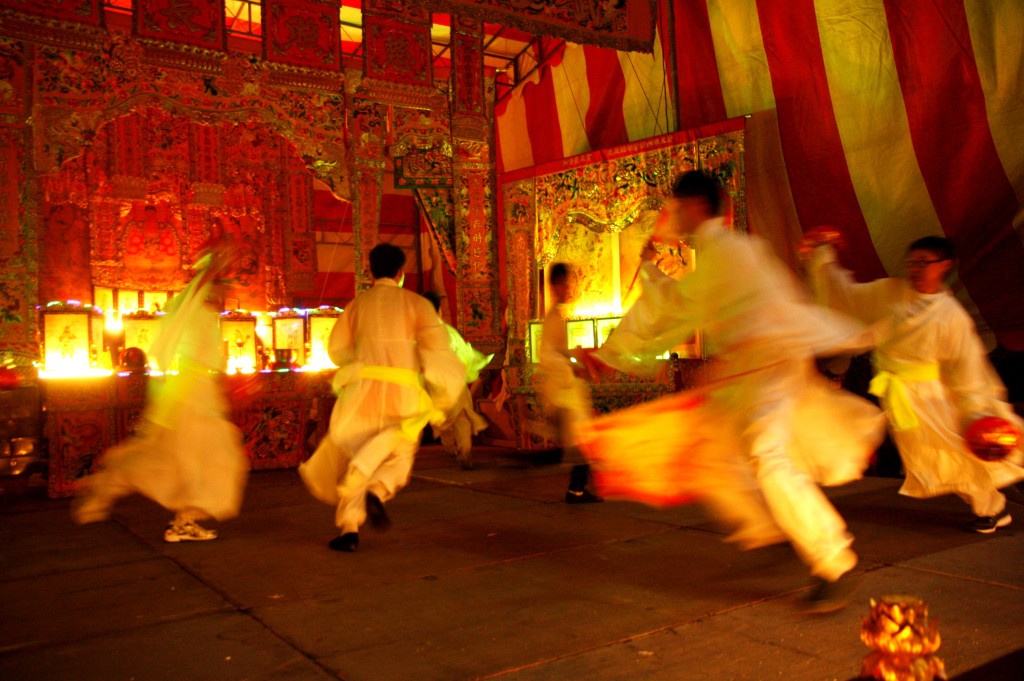
This is the energy that burns in the passionate youths that makes the lanterns auspicious (photo Sugen Ramiah)

The final pose struck at the end of every piece, Kelvin (front) Yishun (left) and Matthew (right) (photo Sugen Ramiah)
Flags of various colours were also carried in this ritualistic dance. These twelve pairs of auspicious lanterns and flags were then placed for bidding during the auction dinner the following day.
The ceremonial dance concluded with a roaring ‘huat ah’ by the youths as the organizers received and hung the lanterns on the bamboo poles. These lanterns purchased during the auction will be taken home and will be returned the following year.
Sugen Ramiah a teacher by training, has been observing and documenting Chinese festivals and rituals conducted by temples for the past one and half years.
More on the Hungry Ghost Month from Sugen here and here .
On a bright Sunday morning, a descendant of the family of Tan Kheam Hock spent 4 hours clearing one of his families’ clusters. Edmon Neoh-Khoo was assisted by Brownie Khoo Ee Hoon who both helped in the clearing and documented the effort. Edmon is also an avid gardener and will continue to look after the tombs of his extended family in Bukit Brown. We salute Edmon for fulfilling his filial duties in such an exemplary manner.
In Hill 2, clearing the way to the family cluster of Tan Kheam Hock.
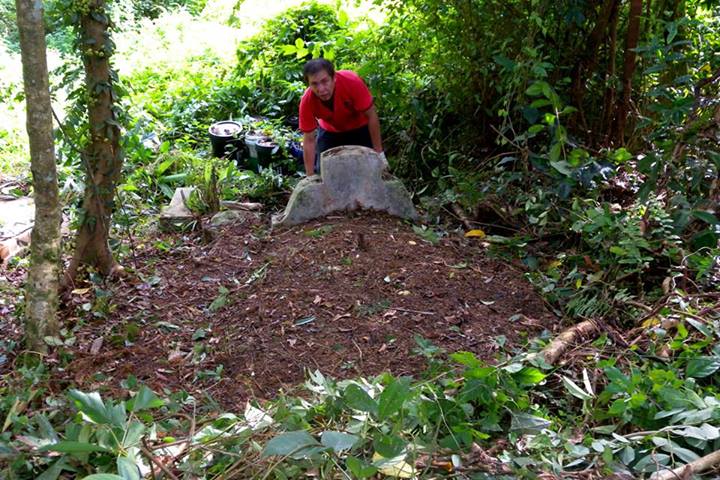
The tomb of Daisy Tan, granddaughter of TKH, She passed away at 2 months old, dob Oct 28- dod Dec 26. 1933 (photo Khoo Ee Hoon)
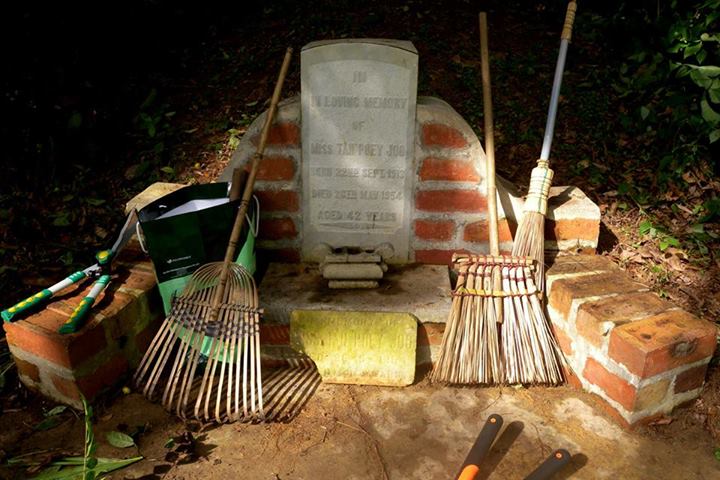
A tools of filial piety at the tomb of Tan Poey Joo, granddaughter of TK, dob Sept 22, 1933 – dod May 26, 1954(photo Khoo Ee Hoon)
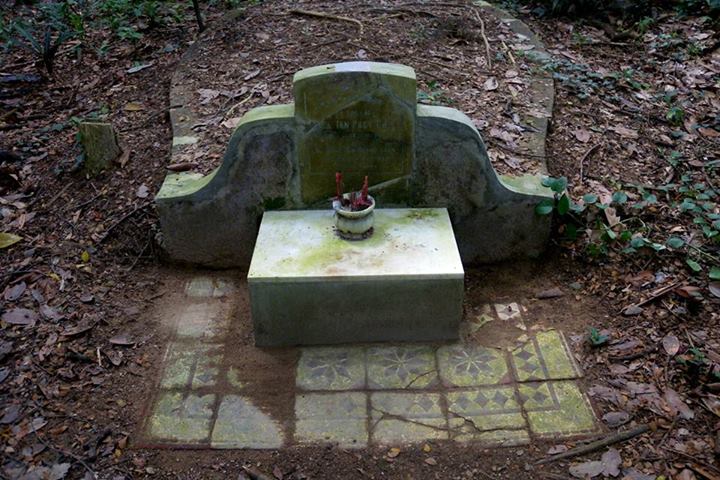
A special visit to Tan Poey Choo, granddaughter of TKH, to fulfill a brownie promise (photo Khoo Ee Hoon
There is an old Chinese saying:
“Remember the Source of the Water”
by Sugen Ramiah
The rituals (Part 1) by Xuan Jiang Dian (Tortoise Hill temple) had begun with the gathering of lost souls, followed by purification and the granting of salvation. Now what remained was the sendoff, the rites of passage for the souls to transcend into the final phase – reincarnation.
As the temple volunteers busied themselves with preparations, family members streamed in, with offerings of food, drinks and flowers – a final meal for the souls. The menu included local delights such as the ‘apom’ (coconut pancake) and ‘roti prata’ with curry.
Taoist priests draped in beautifully woven majestic vestments walked through the rows of tablets chanting the scriptures.This was followed by the tossing of offerings (which had been blessed) to the “yeow kui (literally hungry ghosts). Offerings such as sweets, flowers, fruits, joss papers, a whole chicken and even pieces of pork belly were thrown before a group of supplicants waiting to catch them.
With the altar table emptied, the celebrants then performed “mudras” – a series symbolic hand gestures which are believed to be imbued with energies.
As dusk approached, we were treated to an uncommon sight of the ‘Ku-Dong’. The ‘Ku-Dong’ is a pair of big headed dolls, identical to the common ‘Dua Tow’. The commonly seen ‘Dua Tow’ has a gleaming smile and often bounces jovially to the sound of the ‘gongguan’ (percussion troupe). The Ku-Dong however, expresses extreme grief with tears streaming down its rosy cheeks.
The Ku-Dong crawls on its knees and wails plaintively to the sorrowful tune of a folk song. In Chinese funeral customs, the mourners, especially the women kneel beside the coffin and lament. It is an expression of intense grief, respect and loyalty to the deceased.
But has anyone grieved over the innocent – victims of massacres, of infant mortality and those whose bodies were never claimed and ultimately not given a proper burial? These acts of remembrance, assures closure for the souls. Having heard expressions of grief for their death, they can now move on.
They are transported on the ‘Ship of Compassion’ that saves sentient beings and ferries the souls to its final repose. An effigy of the Ship was positioned at the entrance of the tentage. Family members were invited to bring their ancestral tablets and place them neatly in the lower deck. Those tablets without family members, like the tablet dedicated to the souls of Bukit Brown, were reverently carried by the volunteers of the temple. Once the decks were filled and all “guests” were on board, the ‘Ship of Compassion’ was ready to set sail.
By this time the procession to accompany the souls had already lined up and the fifteen foot effigy of ‘Da Shi Ye’ (King of Ghosts) was carried together with the ‘Ship of Compassion’. The sending off procession led by the gongguan , took a longer route as the ‘Da Shi Ye’, wanted to ‘inspect’ the neighborhood.
Five fully loaded chartered buses arrived at East Coast Beach. The ‘Ship of Compassion’ was then carried to the shore, and piled with paper silver and gold. Two lanterns and bundles of joss sticks were placed and finally lit. As the flames illuminated the darkness, thoughts of impermanence clouded my mind.
The three day intensive event drew to a close when we returned to Bukit Merah to send off the King of Ghosts. Paper treasure chests, prepared as departing gifts were place in an orderly manner inside an enormous cage for burning. The effigy was finally placed in the center, and ignited.
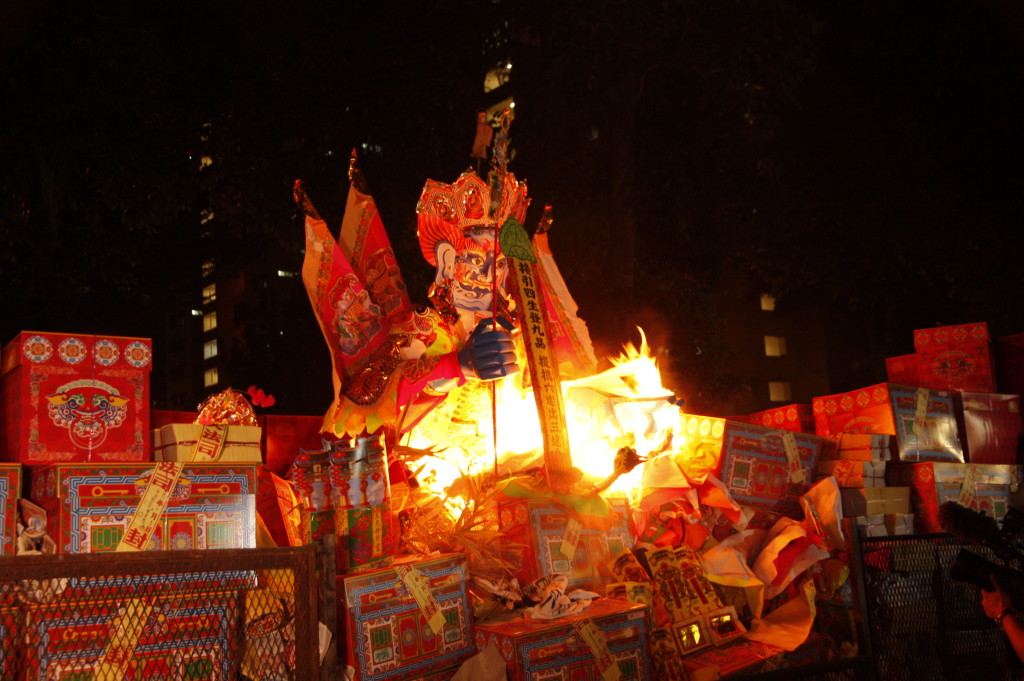
The King of Ghosts and the treasure chest paper offerings – brings to a close the salvation for lost souls with Xuan Jiang Dian (photo Sugen Ramiah)
For me, it has been a rewarding experience, to understand the concept of salvation in an afterlife. As paper burned into ashes and darkness turned to light, I prayed that the lost souls had now found, peace.
Sugen Ramiah a teacher by training, has been observing and documenting Chinese festivals and rituals conducted by temples for the past one and half years.
by Sugen Ramiah
It was the ninth day of the seventh lunar month, and I have been busy documenting rituals and customary practices of the Hungry Ghost Festival. Every temple or ‘sintua’ (a group of devotees with no temple and who gather in a place which host the deity statues and censers) has its own designated date, to perform cleansing rituals for the wandering souls. Released into the human realm, these are souls who have no one to remember them and assuage their suffering by making them offerings. This year I was fortunate to have been invited by the members of ‘Xuan Jiang Dian’ (Tortoise Hill) temple, to observe their seventh month memorial service.
Due to lack of space at the temple’s premises, a temporary tentage was set up in an open car park located in Bukit Merah View. Preparatory rituals had begun earlier that day, performed by visiting priests from China. These rituals were to cleanse and protect the holding ground from negative elements.
Members of the temple and fellow Brownies(the volunteers at Bukit Brown) gathered in the late afternoon and were greeted by the thunderous sounds of the temple’s newly formed gongguan (percussion) troupe.
We left the premises just before 7pm to gather lost souls from two different locations. The first was at the East Coast Park beach, followed by Bukit Brown cemetery. When we reached our first destination, a temporary altar was set up and chanting accompanied by the sounds of cymbals and drums began.
The Chinese believe that once a soul departs from its mortal body, it loses its direction. Lanterns help to light the way for the soul. Since they were going to call on many souls, a two metre long paper inscription fixed to an extended bamboo branch was used; It was to ensure maximum visibility for the souls. As the priests sang, the branch was flagged rhythmically according to the melody. Once the lanterns returned to ashore, offerings of paper money were burnt and the gongguan troupe received the wandering guests with their music.
The altar was then dismantled and we proceeded to our next destination, the Bukit Brown Cemetery. As the convoy led by the gongguan transported on a brightly decorated truck, turned into the Sime Road, the gleaming LED lights of the truck, glowed in the poorly lit road. The deafening clangs and gongs must have awakened the neighbouring residents including the residents of Bukit Brown. As the truck drove past the cemetery gates, the buses stopped at the T-junction of Sime and Kheam Hock Roads with Jalan Halwa. A few of us alighted and ran through the cemetery gates with heightened anticipation.
As we entered, the vision of a trail of lighted candles against the backdrop of the night sky, took our breathe away.
The temporary altar was once more erected, but this time they placed a special tablet dedicated to the lost souls of Bukit Brown. As the priests chanted and called upon the countless souls, I was moved by their rituals. Unlike the powers that be who have abandoned them, I was glad there were still Samaritans who remembered them.
These are the souls of ancestors who have been long forgotten, infants and the unsung heroes who died tragically during the war. To give them temporary lodging, meals to feed their hunger and prayers to purify their weary souls, is by far the greatest act of kindness and filial piety.
As the priests circled the roundabout, there was a sense of closure in the air, as though the souls have found the light. To conclude the rituals, paper money was burnt as an offering and the gongguan troupe signaled the close of the ceremony at Bukit Brown.
It was time to return to Bukit Merah for the concluding rites. We alighted along the main road, about five hundred metres away from the holding ground and lined up for a procession. The gongguan troupe on the glittering LED flower truck led the way. Following immediately behind, the tablet dedicated to the wandering souls, the lanterns carried by devotees and participants holding joss sticks. This drew the attention of the residents in the neighbourhood and the people eating at the hawker centre.
As we marched triumphantly down the street with our “guests”, we felt that we had accomplished something meaningful: We had found and acknowledged in our hearts, the forgotten souls of Bukit Brown.
Sugen Ramiah a teacher by training, has been observing and documenting Chinese festivals and rituals conducted by temples for the past one and half years.
It was Singapore’s 48th National Day and Bukit Brown’s 91st year. We sang the national anthem and recited the pledge with gusto and with pride. But when it came to observing a minute’s silence to honour the pioneers who are buried in Bukit Brown, there was a palpable sense of sadness. We remembered especially those whose graves are to be exhumed to make way for the highway..
James Tann captured this poignant moment as some 80 participants from the guided walks , stood shoulder to shoulder with the Brownies
And the celebrations continued with cake, supper and music in the air.
And there was music
Earlier, the participants had fanned out over all 5 hills on a 2 hour walk, as the Brownies shared stories from beyond the graves, of the trials and tribulations of the early pioneers. The Brownies who led the guided walks for NDP2013 :Many Stories, One Singapore@Bukit Brown were, Yik Han, Fabian, Catherine, Peter, Mil, Bianca and Claire.

The group which covered Hills 1 and 3 led by Brownie Mil Phuah took their group photo at her grandfather’s tomb cluster (Photo Mil Phuah)
One of the first groups to arrive were the heroes who completed the full walk starting from Kranji, through the rail corridor and ended at Bukit Brown for the guided walks. — at The National Day walk for a Greener Singapore: Former Rail Corridor-Central Catchment Area-Bukit Brown Cemetery.
As Claire led a guided walk over hills 5 and 2, . A.J. Leow, a participant reflected :
Somebody has to tell the next and this generation — Who came before us….We need more storytellers to tell our history
“Why 星汌 — when they first arrive (by sea), they see the shimmering lights — and they know it’s where the stars beckon. They have arrived in Singapore. 星汌 is our version of the Statue of Liberty, 星 加坡 seems a better choice than 新加坡. Think of 星汌 the lights of the shimmering harbor lights (stars) as they see Singapore for the first time” A.J. Leow
Darren Koh was moved to pen a tribute to the Brownies.
“On behalf of the how many thousands who have heard the many stories, the many histories, the many tales from the Brownies: I thank you. I thank you all for showing us a part of the warp and weft of history hidden to many of us. I thank you all for the passion that all of you have put, all that you have contributed whether by way of knowledge and research, by bush-bashing and discovery, by organisation and dissemination of information, by just being a friendly face that says hello, or just being there.
Were it not for the rise of the Brownies, the Tomb Whisperer and his brother alone would never have been able to reach out to so many.
It is said, “Cometh the hour, cometh the man.” In this instance, it was two women, and then many more – men and women who have joined in: one has gone ahead to her rest, but many still come.
All you Brownies – you earned that title. For your ceaseless search of tombs, for your ceaseless dissemination of the stories found. For the many tours you have led. For those moments when you look at greenery and cry a little wondering how, how could it be torn up – and then look into the eyes of those listening to your words about the pioneers and say “Let’s go to the next tomb..” Thank you”
From Theresa Teng: “What could be more meaningful than spending Singapore’s National Day in a place where pioneers of Singapore lay rested. A minute of silent was observed to commemorate the 4000+ tombs that will be sacrificed for a new highway, that will be build to cut right through Bukit Brown cemeteries.I’ve never been more proud of my adopted country than at this moment. Everyone united to stand for a cause. Mind you, there are plenty of foreigners in the group who cared so much about the heritage of Bukit Brown too.Hopefully, it’s still not too late for a miracle to happen. Just maybe…….”
From All Things Bukit Brown, in gratitude : Without the support and encouragement of the Heritage Singapore – Bukit Brown Community we would not have traveled so far. Thank you for walking shoulder to shoulder with us.
And last but not least, we end with a moving tribute to the 4,513 graves that will be exhumed at Bukit Brown. Matt Tan, penned the words in the Peranakan style of the pantun. Claire Leow translated with poetic license.
- “When stories are lost, the narrative is broken” (photo Victor Yue)
4,153 tempat tido akan di korek
ape yaukin di bikin
kehilangan cherita tak boleh di gantikan
4,153 in repose to be deposed
Why the urgency ?
When the stories are lost, the narrative is broken
At Bukit Brown, one often finds couplets on the “pillars” of the tombs. They embed auspicious meanings and also tributes to the departed. The above couplets reads:
雲绵绵兮柔顺
岩峭峭兮蒼磊
Translated by Tay Hung Yong from the Heritage Singapore – Bukit Brown Cemetery FB group, t reads
“Soft and gentle are the endless clouds;
The rock stands solid for eternity.”
Hung Yong says, “It signifies ever lasting love for the decease.”
We know there once lived a man named Chua Guan Eng, who died on the 24th April, 1940 aged 40. And that is all we would have known if not for the loving tribute of the inscription on his tomb.
And today, we know Chua Guan Eng’s tomb is staked (912) and will have to make way for the highway.










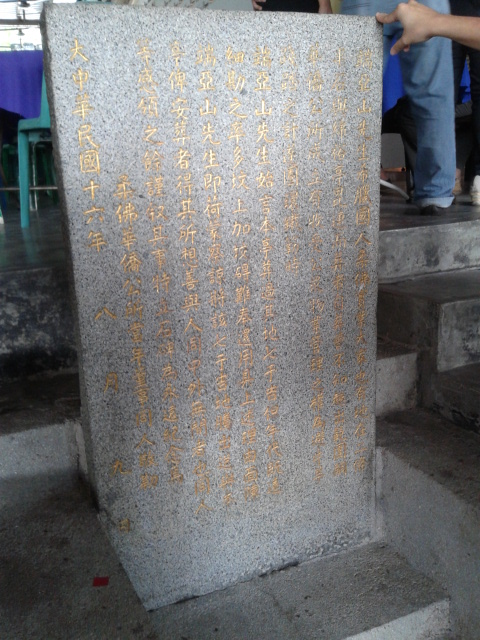
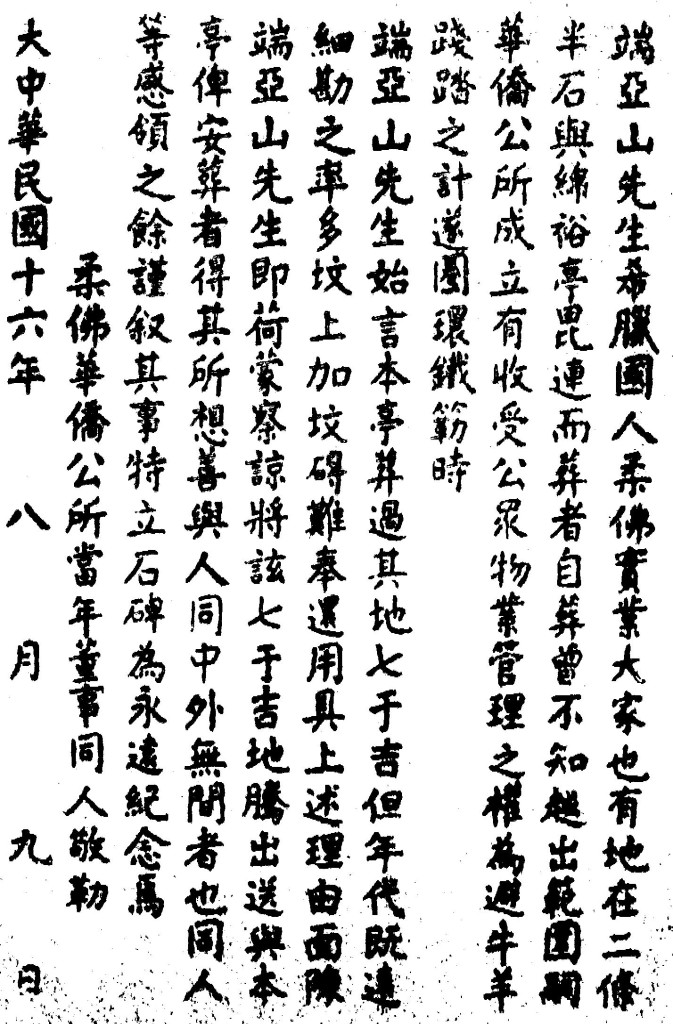
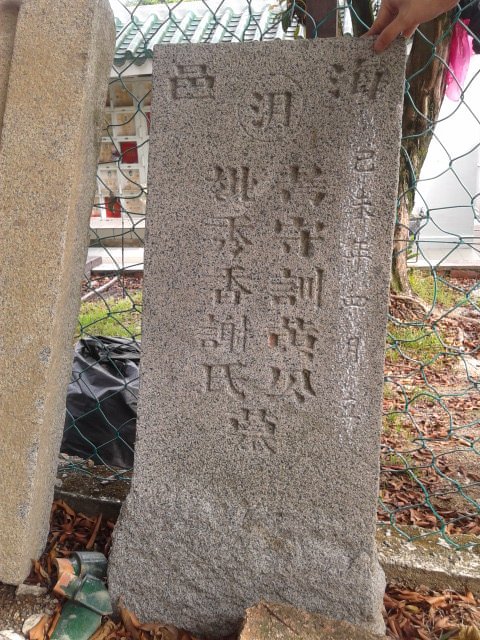
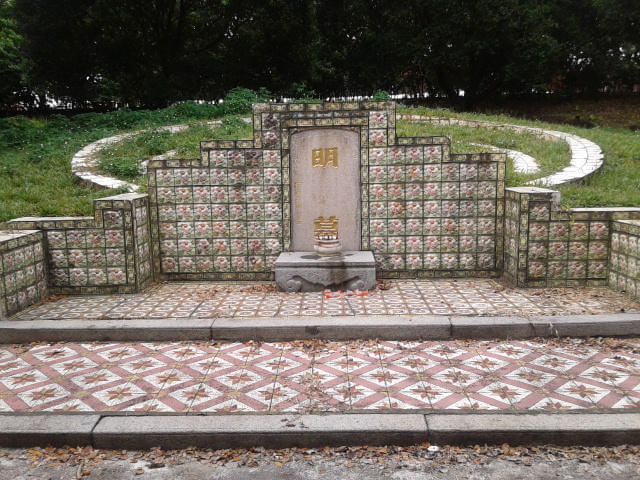



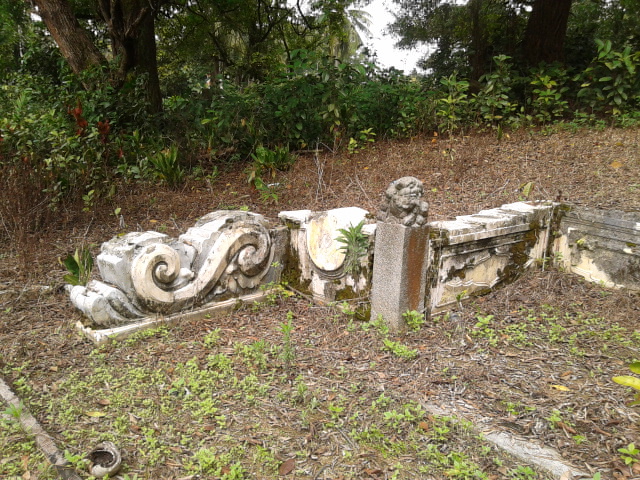
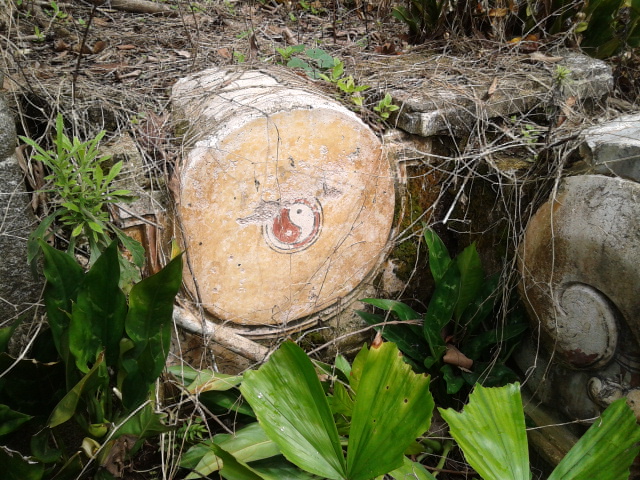
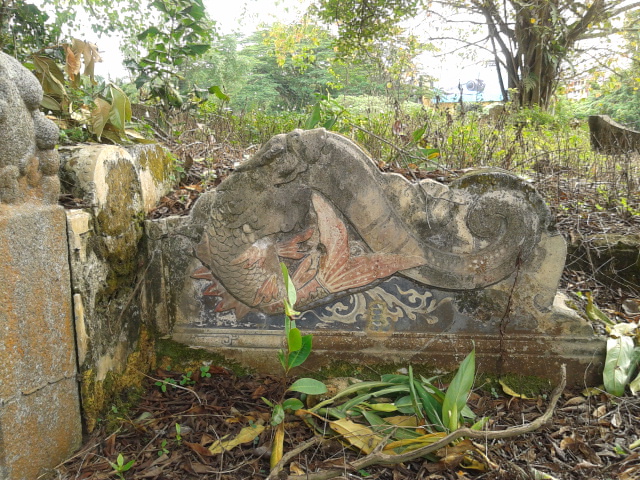
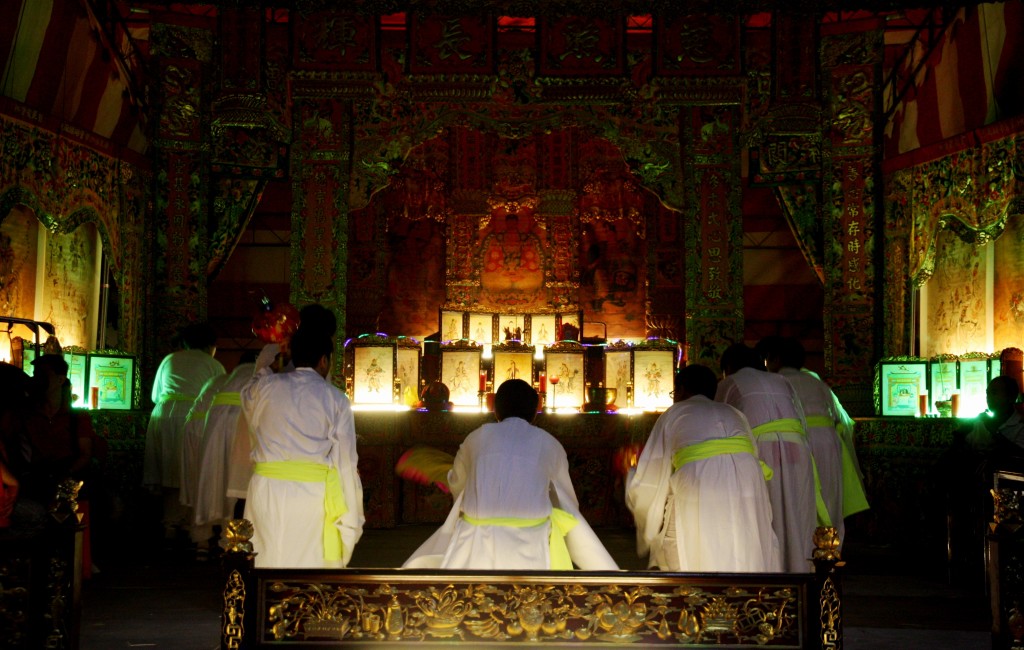
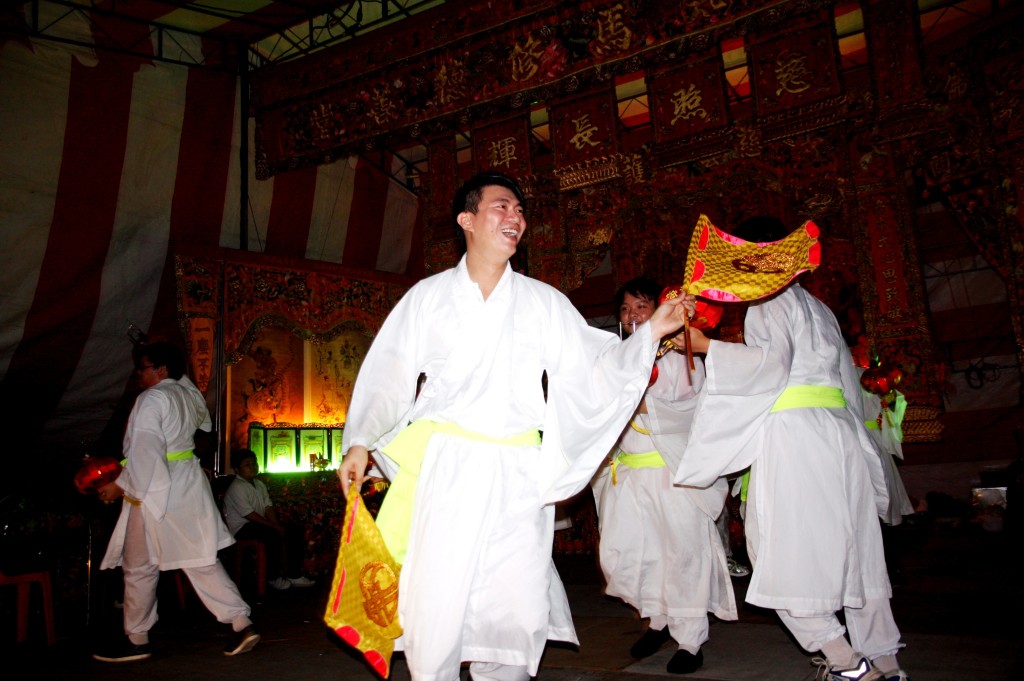
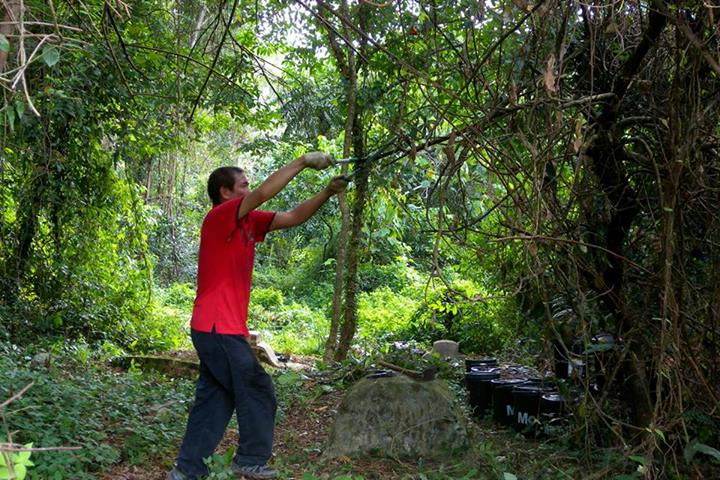




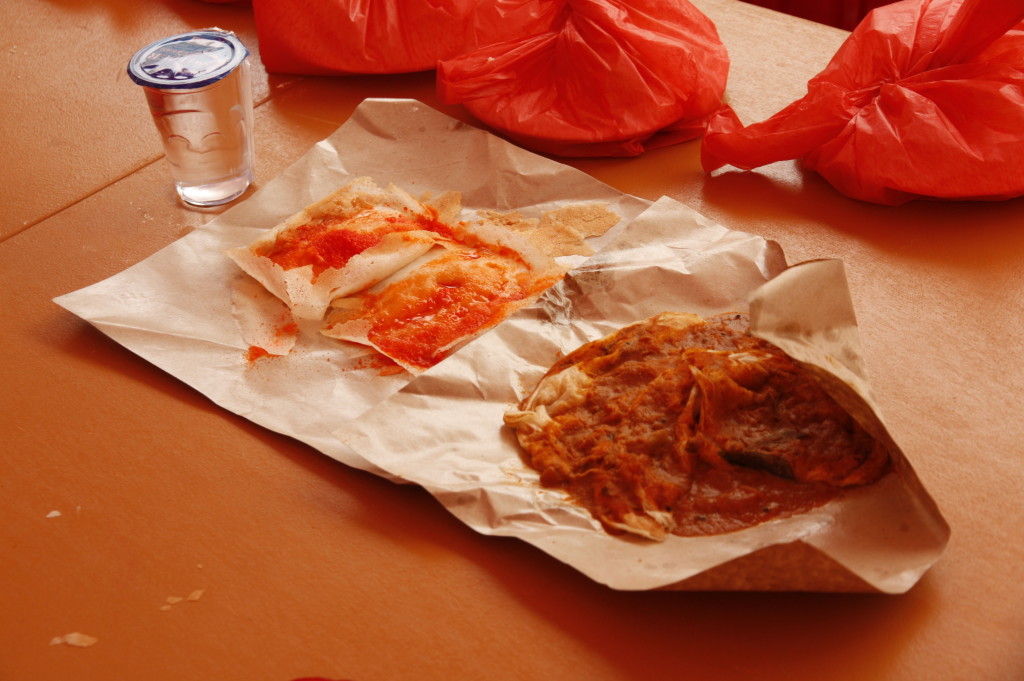
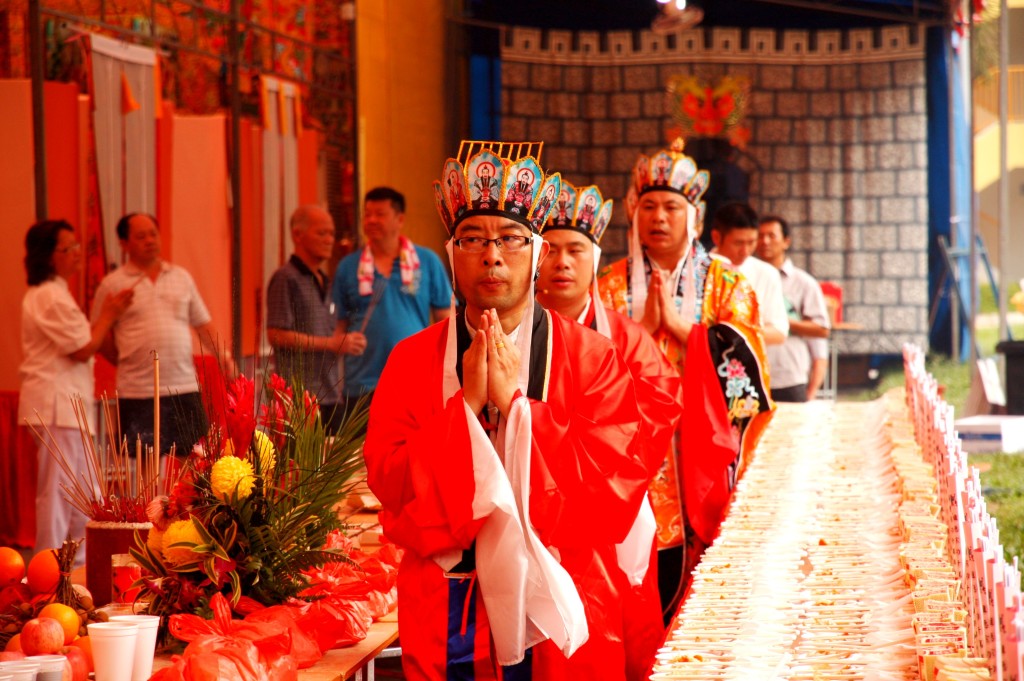
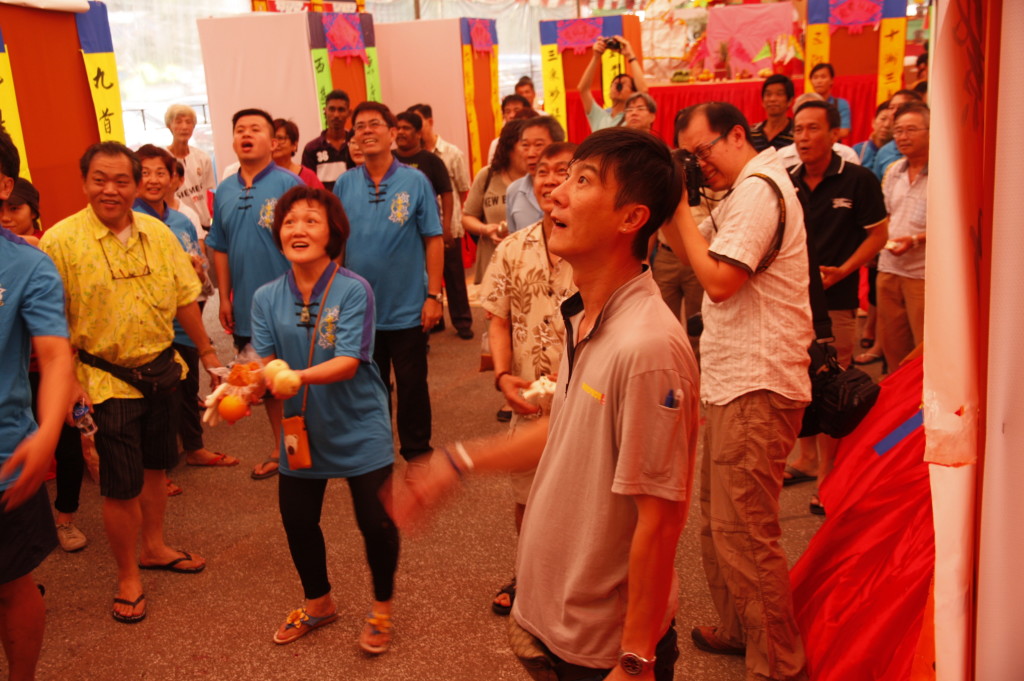



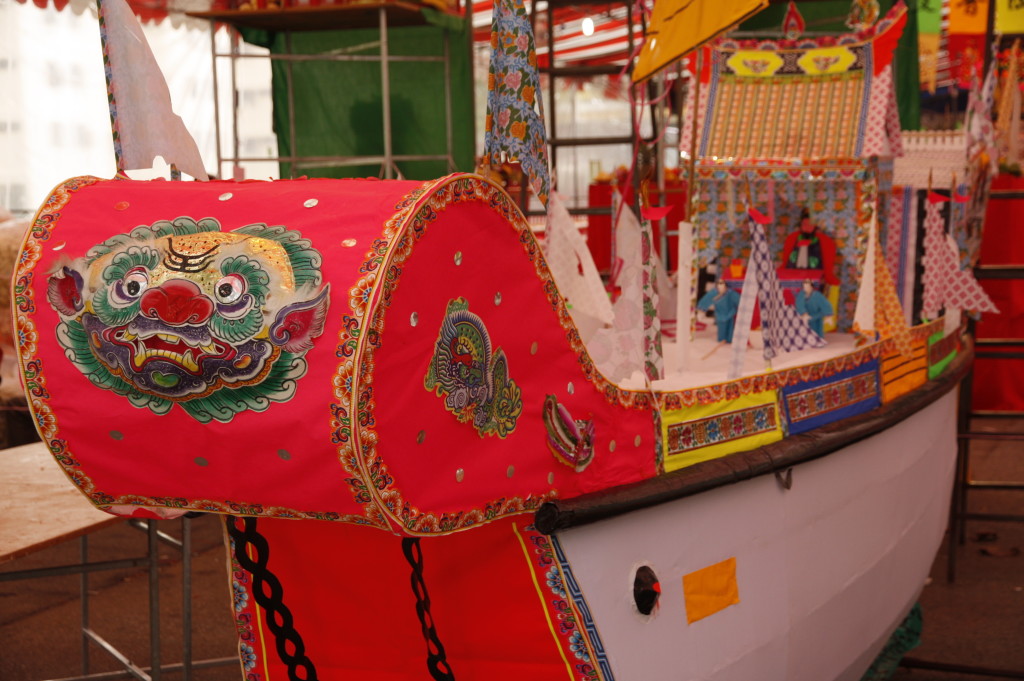
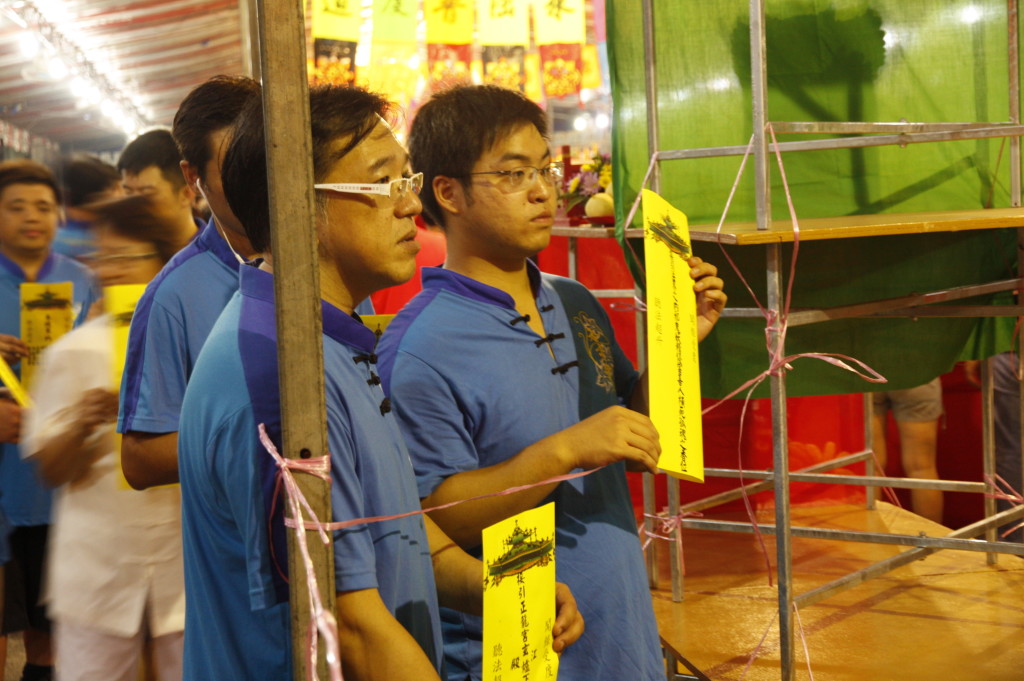
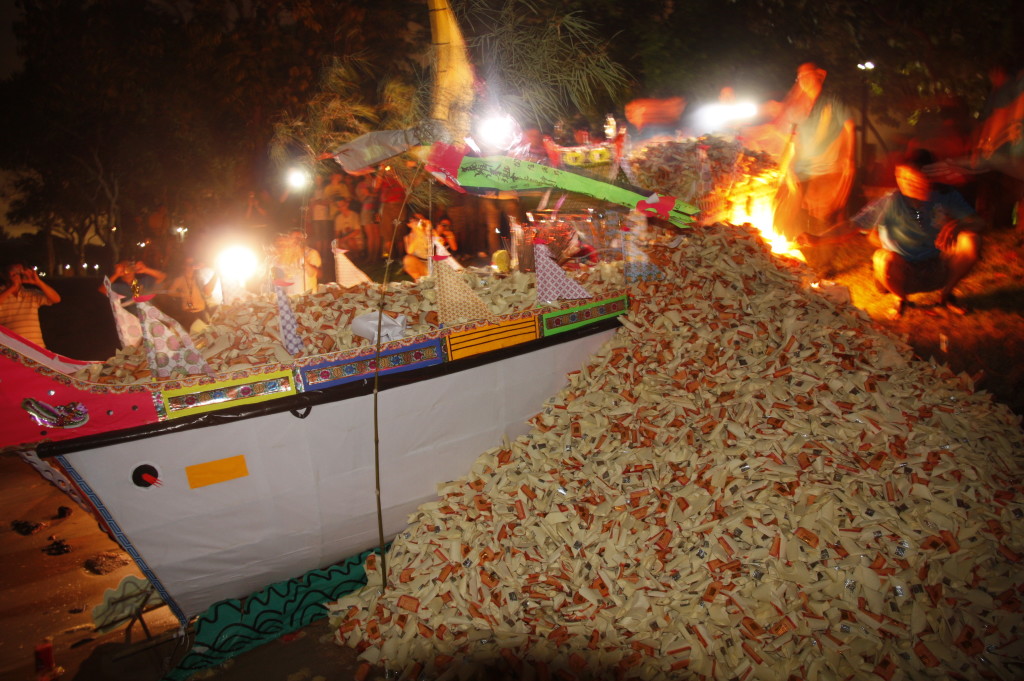

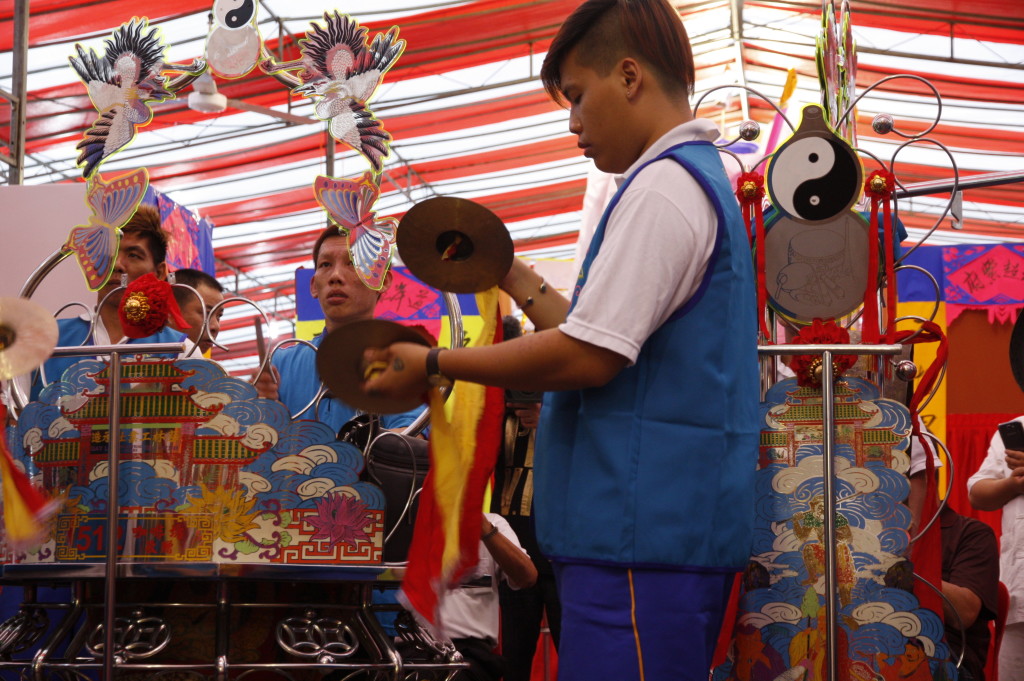
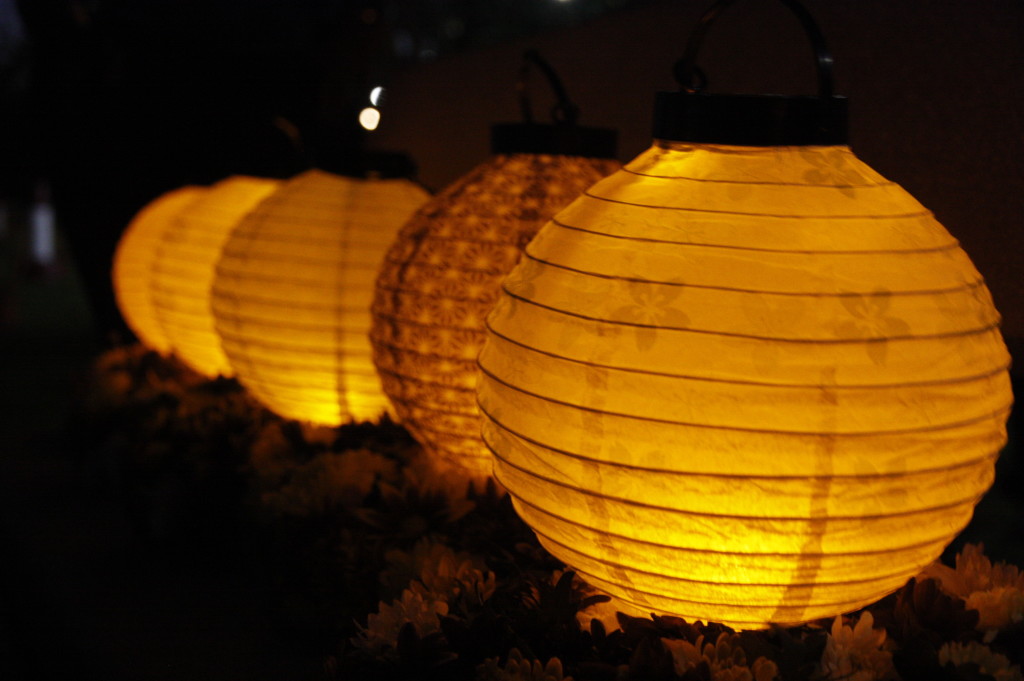
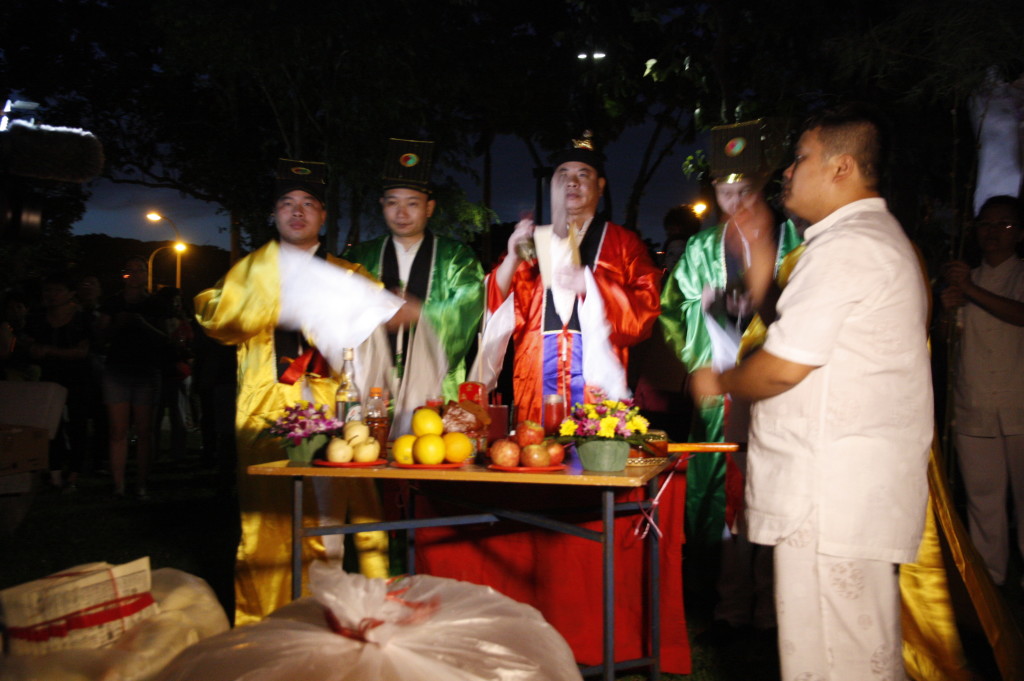
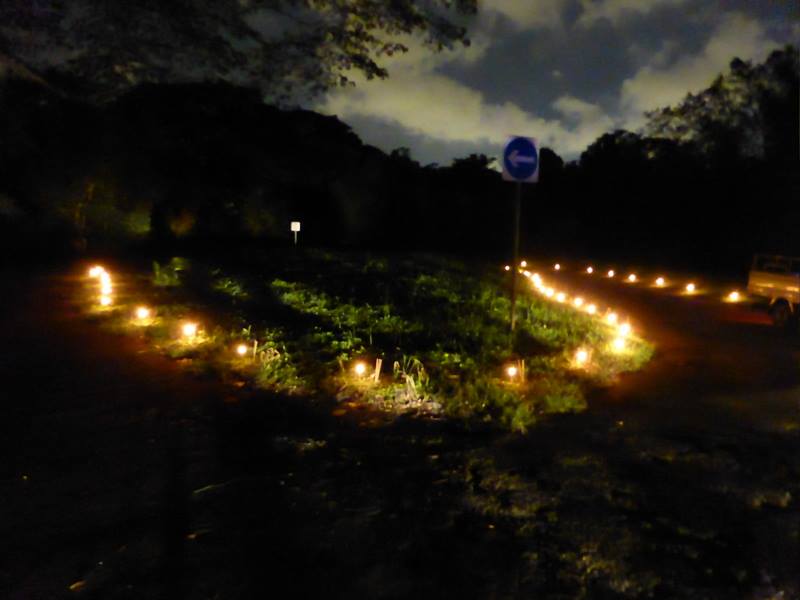

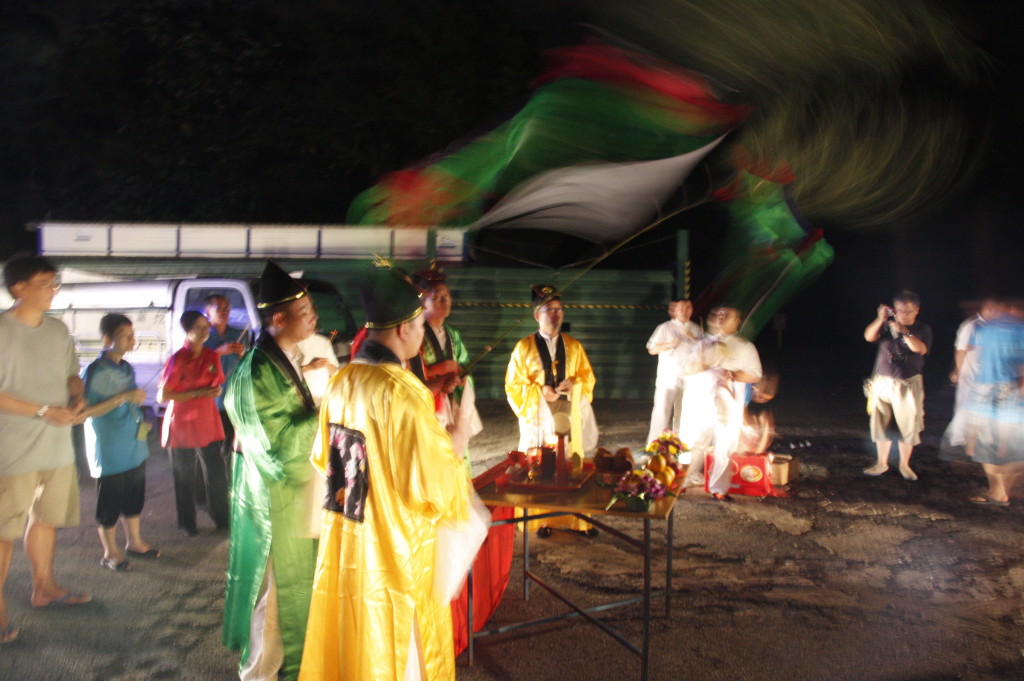
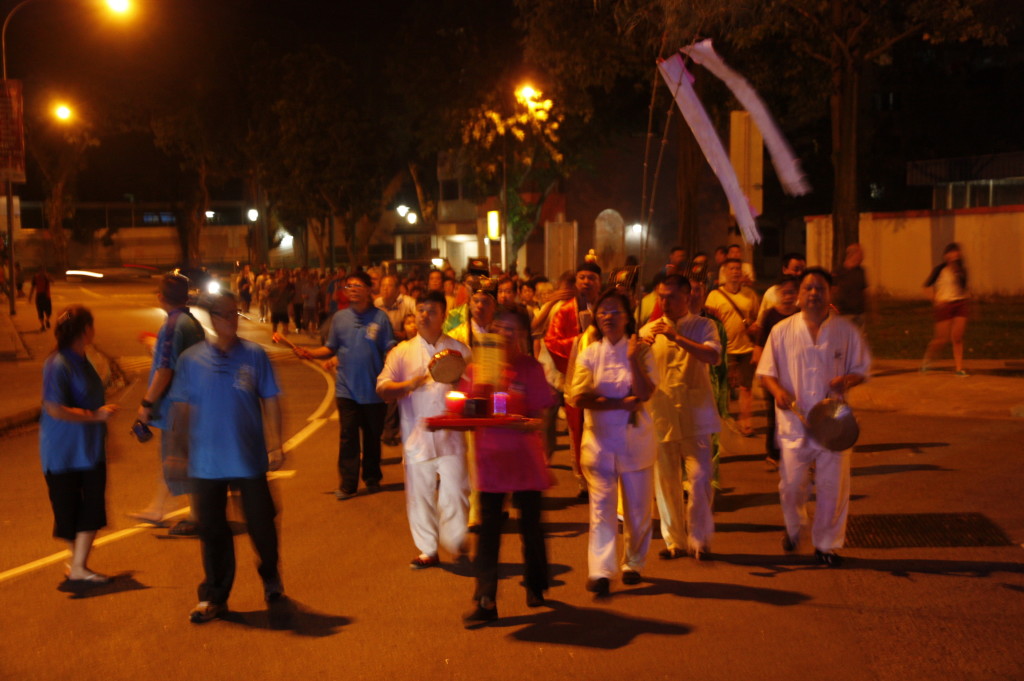
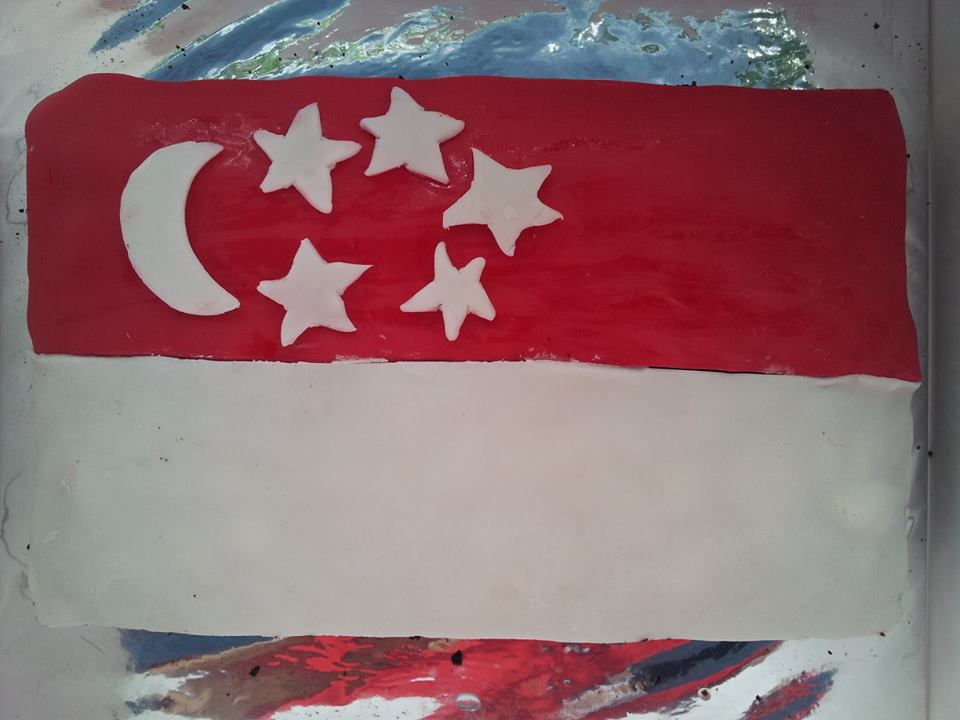
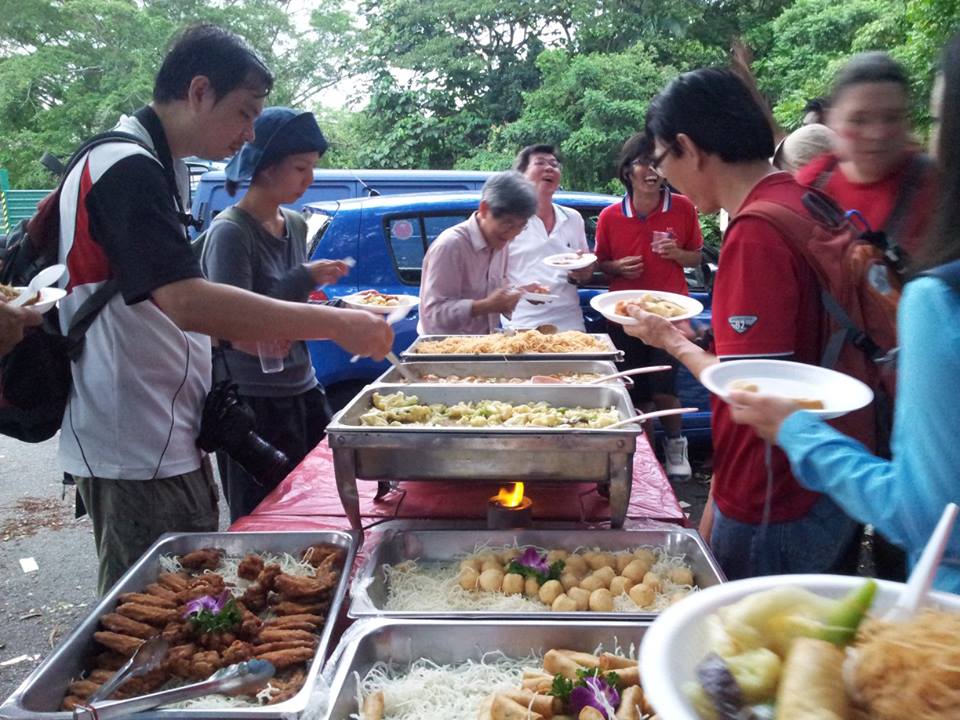


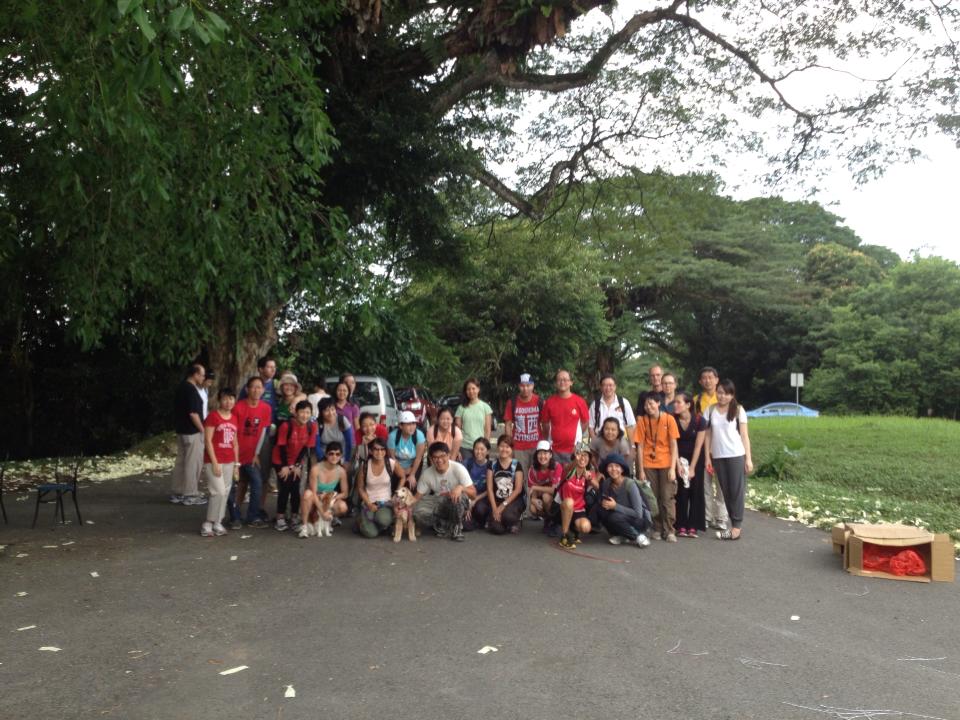


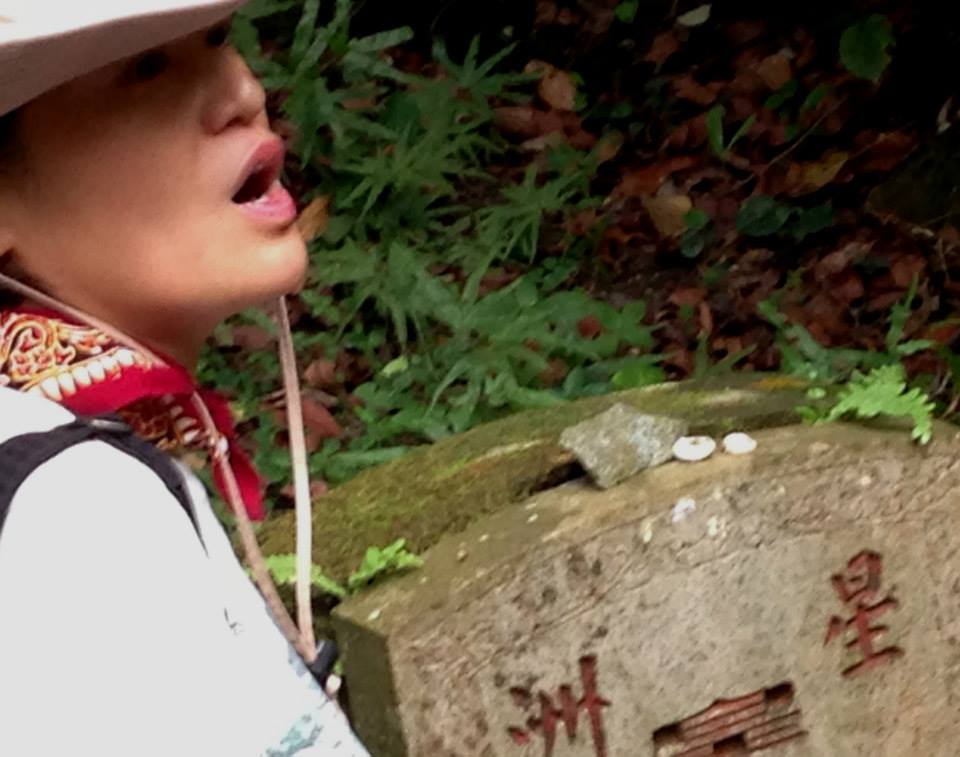

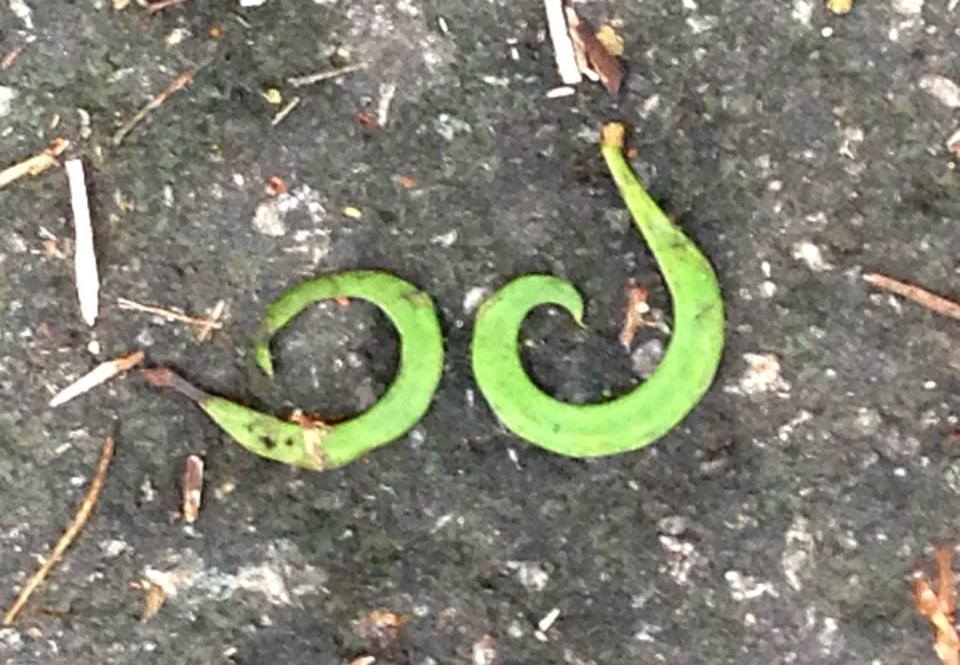


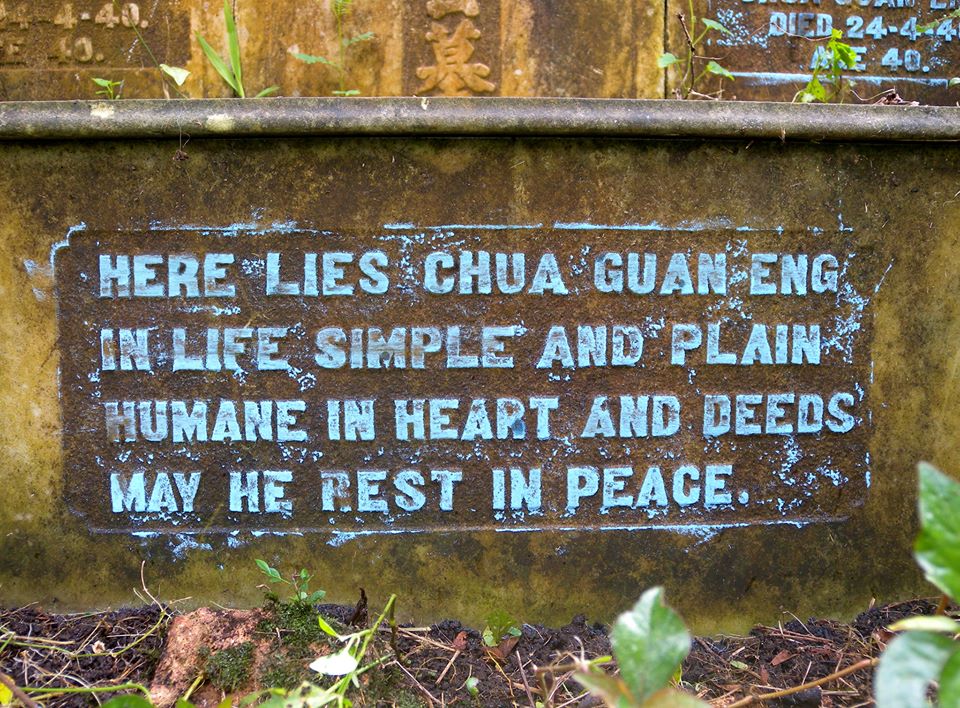
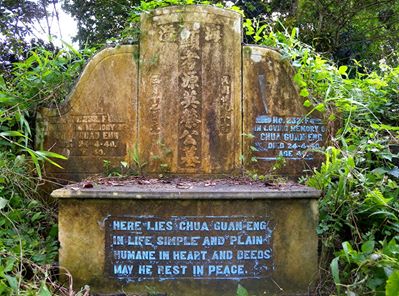
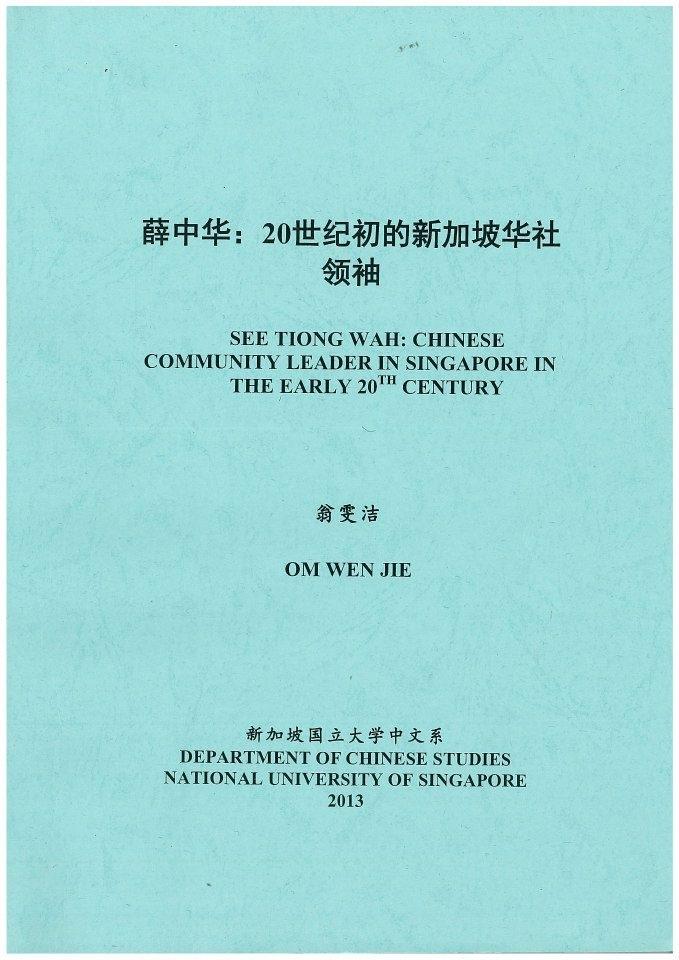
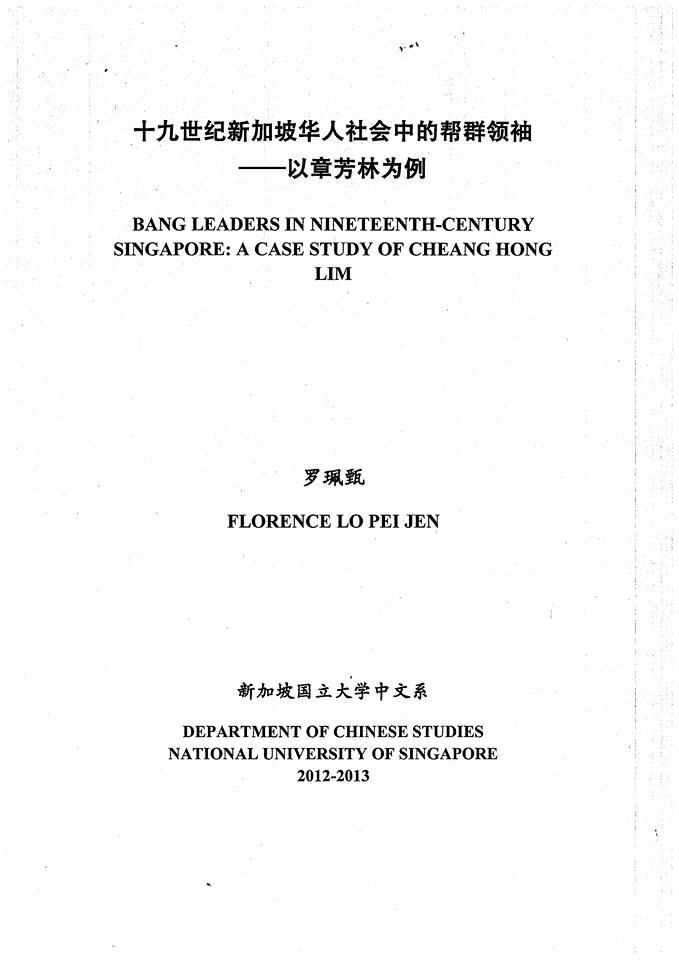
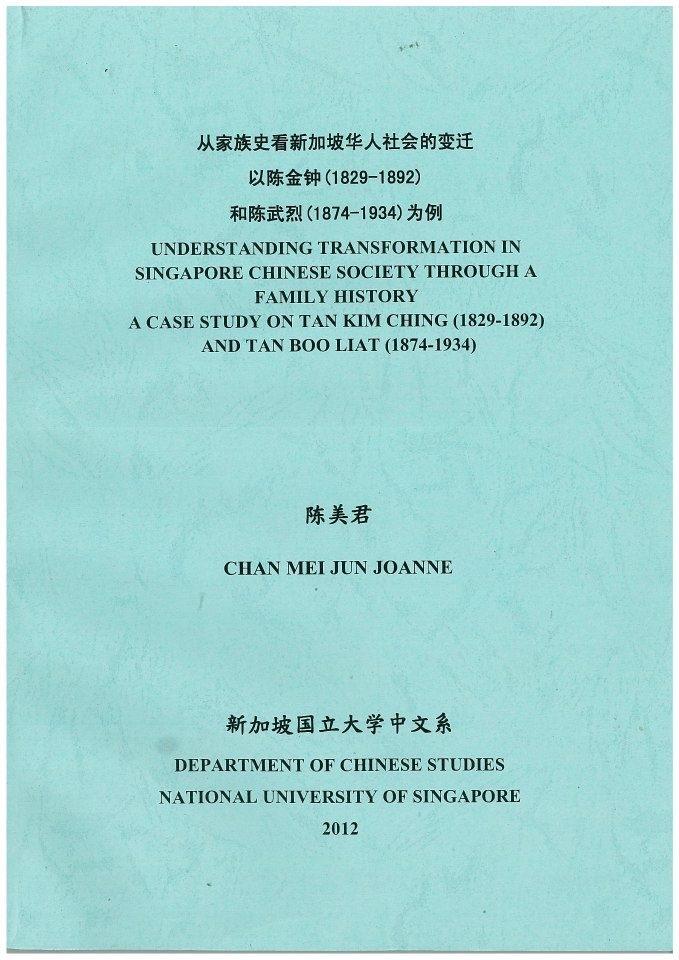
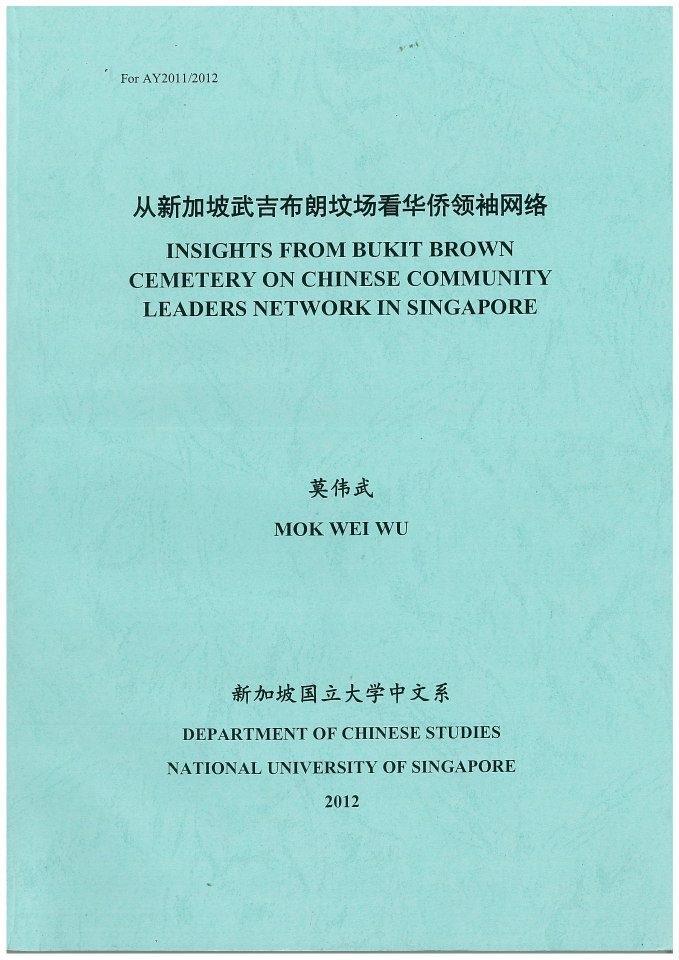
Recent Comments